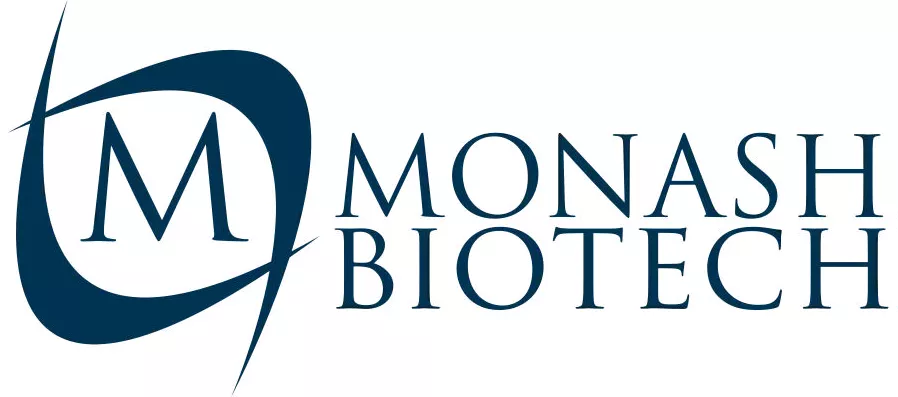Difference between Azoospermia, Necrospermia, Asthenozoospermia, Teratozoospermia, and Oligospermia
Male fertility issues are more common than many realize, and understanding their nuances is essential for effective diagnosis and treatment. Conditions like azoospermia, necrospermia, asthenozoospermia, teratozoospermia, and oligospermia impact sperm quality and quantity differently, but each poses unique challenges to conception.
1. Azoospermia: When Sperm Are Absent
Azoospermia refers to the complete absence of sperm in the ejaculate. This condition can result from two main causes:
Obstructive Azoospermia : Blockages in the reproductive tract prevent sperm from being released.
Non-Obstructive Azoospermia : The testicles fail to produce sperm, often due to hormonal imbalances, genetic disorders, or damage to the testicles.
Impact on Fertility :Without sperm, natural conception is impossible. However, techniques like testicular sperm extraction (TESE) combined with intracytoplasmic sperm injection (ICSI) may offer hope.
2. Necrospermia: When Sperm Are Non-Viable
Necrospermia is characterized by the presence of dead or immotile sperm in the semen. This condition can stem from infections, oxidative stress, or exposure to toxins.
Impact on Fertility : Dead or non-motile sperm cannot fertilize an egg, significantly reducing the chances of conception. Treatments focus on addressing the underlying cause, and assisted reproductive technologies may be necessary.
3. Asthenozoospermia: The Challenge of Poor Motility
Asthenozoospermia occurs when sperm have reduced motility, meaning they struggle to swim effectively toward the egg. Causes include lifestyle factors (e.g., smoking, obesity), infections, or structural abnormalities in the sperm’s tail.
Impact on Fertility : Without sufficient motility, sperm cannot reach or penetrate the egg. Advanced techniques like IVF or ICSI can bypass this issue, helping sperm reach the egg directly.
4. Teratozoospermia: The Role of Abnormal Morphology
Sperm morphology refers to the shape and structure of sperm. In teratozoospermia, a high percentage of sperm have abnormalities such as:
Misshapen heads
Defective tails
Structural deformities that hinder fertilization
Impact on Fertility : While morphology alone doesn’t always prevent conception, severe abnormalities can impede the sperm’s ability to fertilize an egg. Treatments like ICSI are effective in such cases.
5. Oligospermia: When Sperm Count Is Low
Oligospermia is defined by a low sperm count, with fewer than 15 million sperm per milliliter of semen. Common causes include hormonal imbalances, lifestyle factors, or genetic issues.
Impact on Fertility : Low sperm count reduces the chances of sperm successfully reaching and fertilizing the egg. Lifestyle modifications, medications, and assisted reproductive technologies can help.
Diagnosing Male Fertility Disorders
A semen analysis is the cornerstone of diagnosing these conditions. This test evaluates sperm count, motility, morphology, and viability, providing crucial insights into potential issues.
Treatment Options
Treatments vary depending on the condition and its underlying cause. Common approaches include:
Hormonal Therapy : Addressing imbalances that impact sperm production.
Lifestyle Changes : Quitting smoking, maintaining a healthy weight, and reducing stress can improve sperm quality.
Surgery : Correcting blockages or varicoceles in cases of obstructive azoospermia.
Assisted Reproductive Technologies (ART) : Techniques like ICSI, IVF, or intrauterine insemination (IUI) can overcome many sperm-related challenges.
Holding Micropipette

Chat with us
We’d love to talk to you.
Our Products
Blastomere Biopsy Micropipettes
Holding Micropipettes
Injection Micropipettes
Polar Body Biopsy Micropipettes
Trophectoderm Biopsy Micropipettes Bevelled
Trophectoderm Biopsy Micropipettes Flat
Support
Customer Support
Frequently Asked Questions
Chat on WhatsApp
Chat on FaceBook Messenger
Helpful Resources
Privacy Policy
Please note that the 3D models displayed on this website are for illustrative purposes only. Actual product dimensions, colors, and finishes may vary. These models should not be considered a precise or guaranteed representation of the final product.
© 2025 Monash Biotech. All Rights Reserved.
Designed & Developed by Goafreet Company


